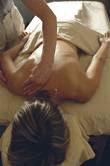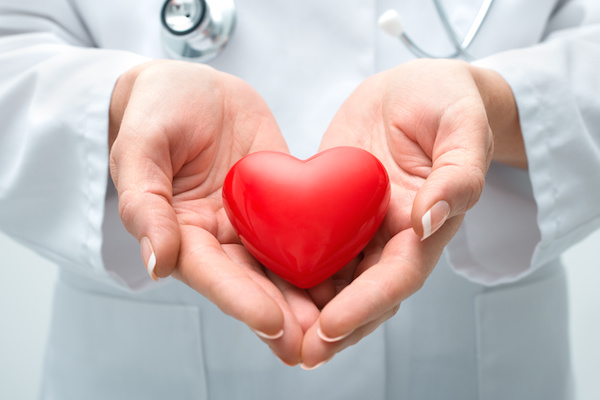
MONDAY, April 21, 2014 (HealthDay News) — Massage therapy can help ease sore muscles and improve blood flow for people who are active as well as for those who do not exercise, a small study finds.
Those effects can last for more than 72 hours, researchers found. People with poor circulation or limited ability to move are among those who could benefit most from massage therapy, they noted.
“Our study validates the value of massage in exercise and injury, which has been previously recognized but based on minimal data,” Nina Cherie Franklin, study first author and a postdoctoral fellow in physical therapy at the University of Illinois at Chicago, said in a university news release. “It also suggests the value of massage outside of the context of exercise.”
In the study, the researchers asked 36 healthy but inactive young adults to use a leg press machine until their legs became sore. Half of the participants were given a Swedish leg massage after they exercised. All of the participants rated their muscle soreness on a scale from one to 10. A third comparison group did not exercise, but got a massage.
Although both exercise groups were sore right after their workout, the people who got the massage said they had no soreness 90 minutes later. In contrast, those in the group that didn’t receive a massage said they were sore 24 hours after they exercised.
Because muscle injury from exercise has been shown to reduce blood flow, researchers say, they also measured the participants’ “brachial artery flow mediated dilation” in their arms. This standard measure of general vascular health was taken 90 minutes as well as one, two and three days after exercise.
The people who got a massage after they exercised had improved blood flow at every testing interval and the benefits of the massage didn’t dissipate until after 72 hours had passed, researchers found. People who did not receive a massage after exercise had reduced blood flow after 90 minutes and returned to normal levels at 72 hours.
“We believe that massage is really changing physiology in a positive way,” Franklin said. “This is not just blood flow speeds — this is actually a vascular response.”
And massage doesn’t just help people who exercise, the researchers also found.
“The big surprise was the massage-only control group, who showed virtually identical levels of improvement in circulation as the exercise and massage group,” study principal investigator Shane Phillips, an associate professor of physical therapy at UIC, said in the news release. “The circulatory response was sustained for a number of days, which suggests that massage may be protective.”
The study found that participants’ blood flow was changed far away from the sore muscles. Researchers concluded that massage benefits are systemic and not confined to one specific area of the body.
While the study found an association between massage and improved circulation, it did not establish a cause-and-effect relationship.
The study was recently published online ahead of publication in the Archives of Physical Medicine and Rehabilitation.
More information
The U.S. National Center for Complementary and Alternative Medicine has more about massage therapy.
Copyright © 2025 HealthDay. All rights reserved.

